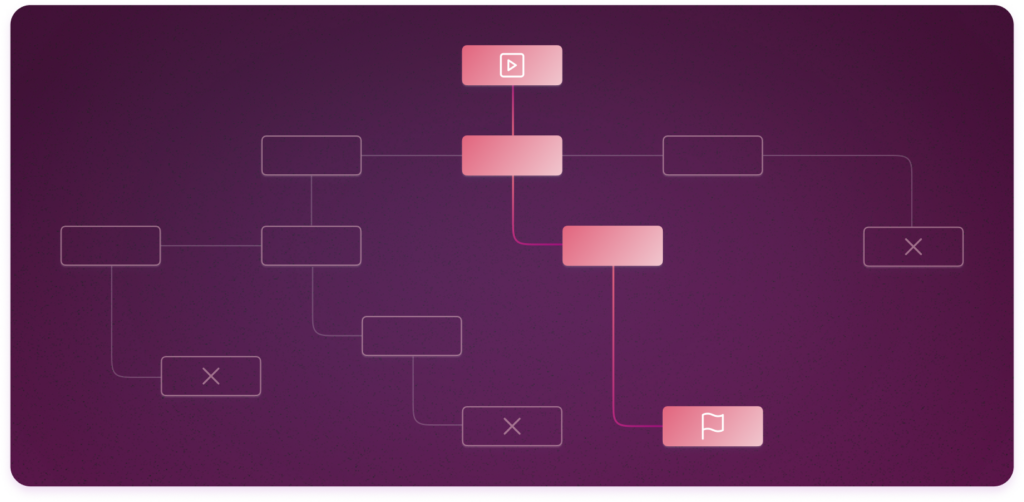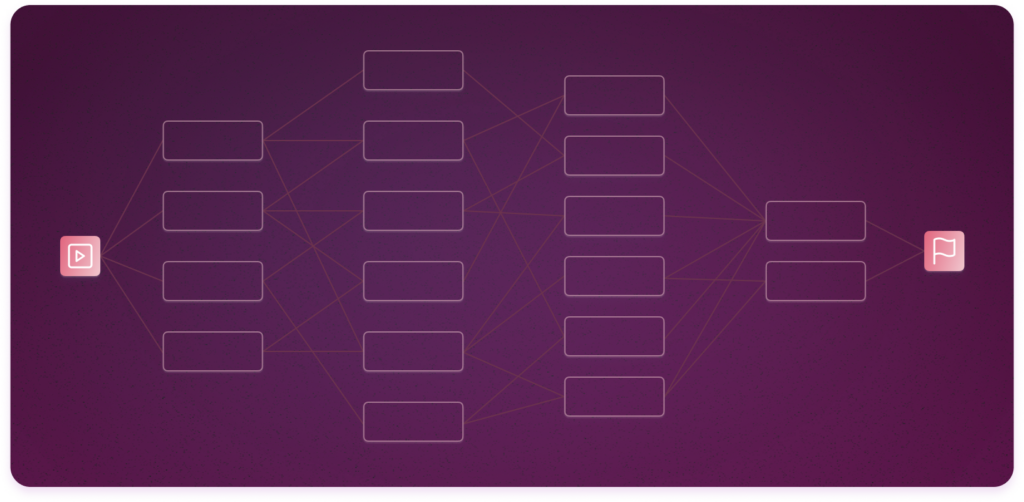Escrito por: Maisa Publicado: 20/02/2025
At the core of every organization lies a foundation of business processes.
While essential, these processes often involve mundane, repetitive tasks that take time and resources away from more valuable contributions.
Humans have always sought ways to overcome repetitive work. The Industrial Revolution brought machines to handle physical labor. The rise of computers and spreadsheets transformed how we process information. Robotic Process Automation (RPA) marked the first major leap in digital automation, enabling software to handle repetitive tasks at scale.
Yet today, businesses still find themselves flooded with mundane, manual work.

Robotic Process Automation (RPA) represented the first wave of digital automation by programming software robots to replicate human actions — clicking buttons, entering data, and moving information between systems using predefined rules. These software bots excel at executing repetitive sequences, reducing manual effort in rule-based workflows.
Industry leaders like UiPath, Automation Anywhere, Blue Prism, and ServiceNow have helped enterprises automate large-scale structured workflows. The banking, financial services, and insurance (BFSI) sectors have been among the biggest adopters, as a large portion of their back-office operations rely on rigid, repetitive administrative tasks such as data entry and document processing.
However, RPA hits a ceiling when confronted with tasks requiring cognitive skills or handling unstructured data—the kind of work that fills most knowledge workers’ days.

Agentic Process Automation (APA) relies on AI-driven agents to handle business processes autonomously. These agents interpret context, learn continuously, and adapt their approach based on changing conditions. Their self-healing capabilities allow them to detect and resolve process issues automatically, adjusting workflows when problems arise. While traditional automation follows fixed rules, APA can tackle unpredictable tasks and make informed decisions, expanding automation into areas that require flexibility and judgment.
APA systems focus on objectives rather than predefined steps. You specify the desired outcome, and the system creates its own execution plan, leveraging available tools and resources to complete the task. With the right tools and context, AI Agents can dynamically design and execute workflows based on natural language instructions and company guidelines, adapting in real-time without relying on fixed instructions.
The core of agentic systems is to reduce manual intervention, but full autonomy is not practical for every use case. Ensuring reliability requires the right guardrails, allowing effective collaboration between humans and technology. This balance is essential for maintaining control and trust as AI agents take on more complex workflows.
Then we face the opaqueness and reliability challenges of AI systems. Built on probabilistic models, they provide limited visibility into decisions while being prone to hallucinations and inconsistent outputs. Organizations must continuously evaluate and control these issues to prevent costly process errors. This makes it difficult to deploy these systems where trust and accountability are essential. The solution requires transparent operations and clear explanations of AI decisions, letting users understand the system’s actions in practical terms.
These challenges are further compounded by the inherent complexity of agent-based systems. From information retrieval and memory systems to tool integrations and safety guardrails, each component adds layers of technical intricacy. Managing this complexity while keeping focus on process improvement remains one of the key challenges in intelligent automation.
At Maisa, our mission is to make AI accountable. Businesses need AI systems they can trust. Digital Workers should be as accountable as the people who use them, making decisions that are transparent, explainable, and reproducible.
We believe the solution isn’t found in larger models, chain of thought, or RAG systems, as these still carry the same fundamental issues. Instead, the path forward lies in a new kind of computing system that combines AI’s creative problem-solving capabilities with the reliability of traditional computational systems.
Maisa enables Digital Workers that provide clear reasoning behind every action, not just task execution. By focusing on hallucination resistance, explainability, and reproducibility, we’re developing automation that delivers consistency and control rather than uncertainty.